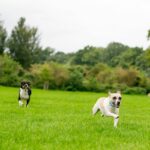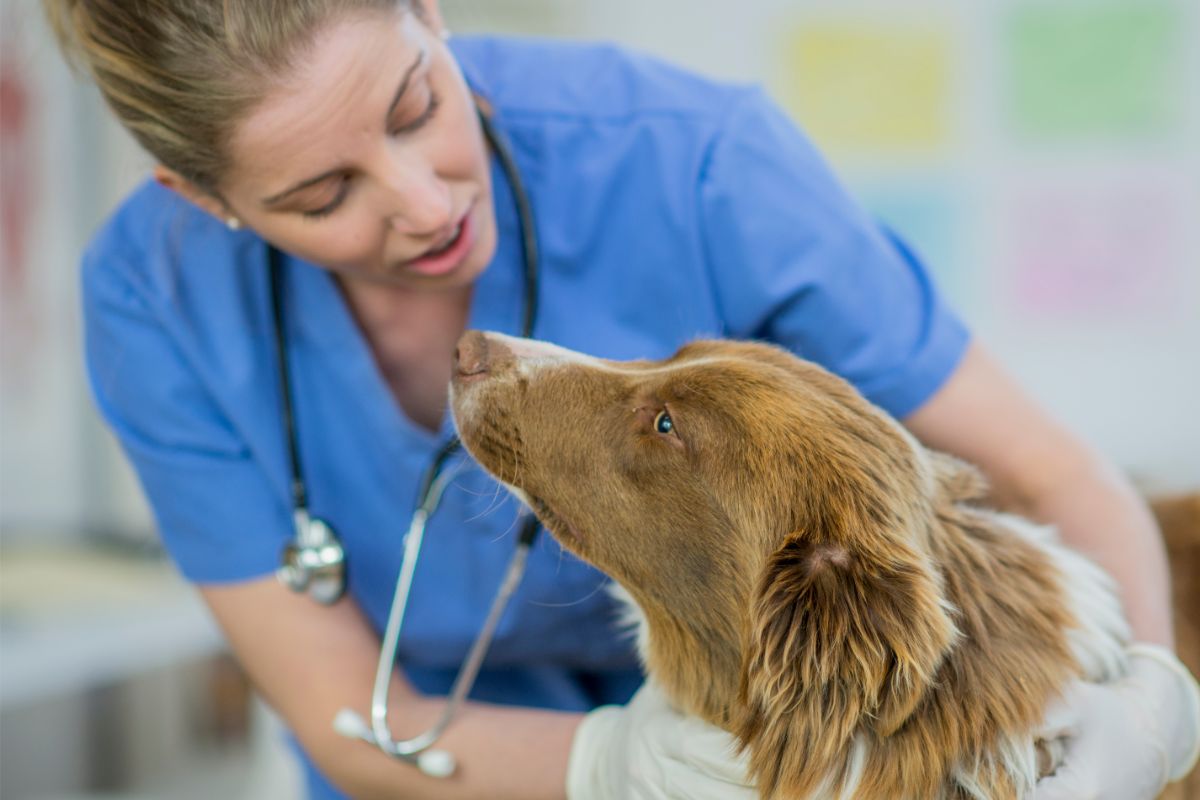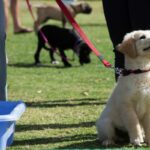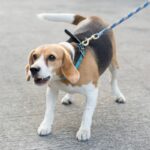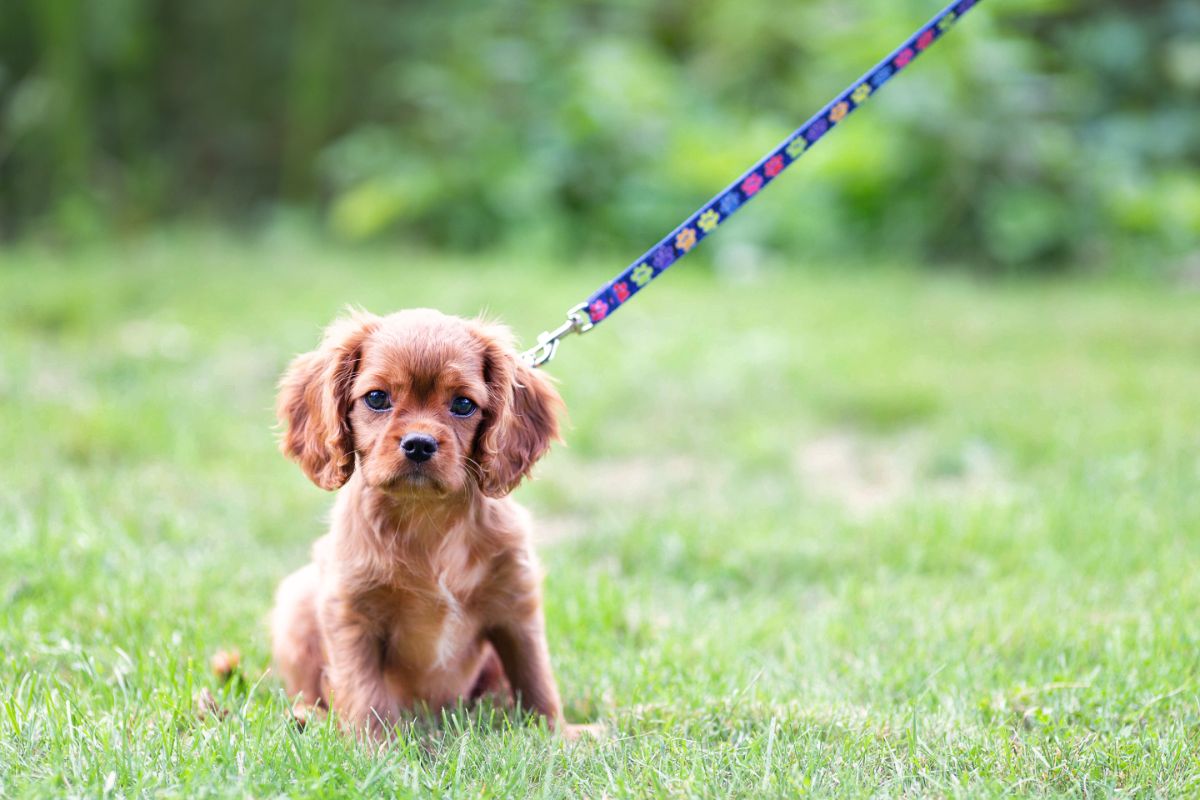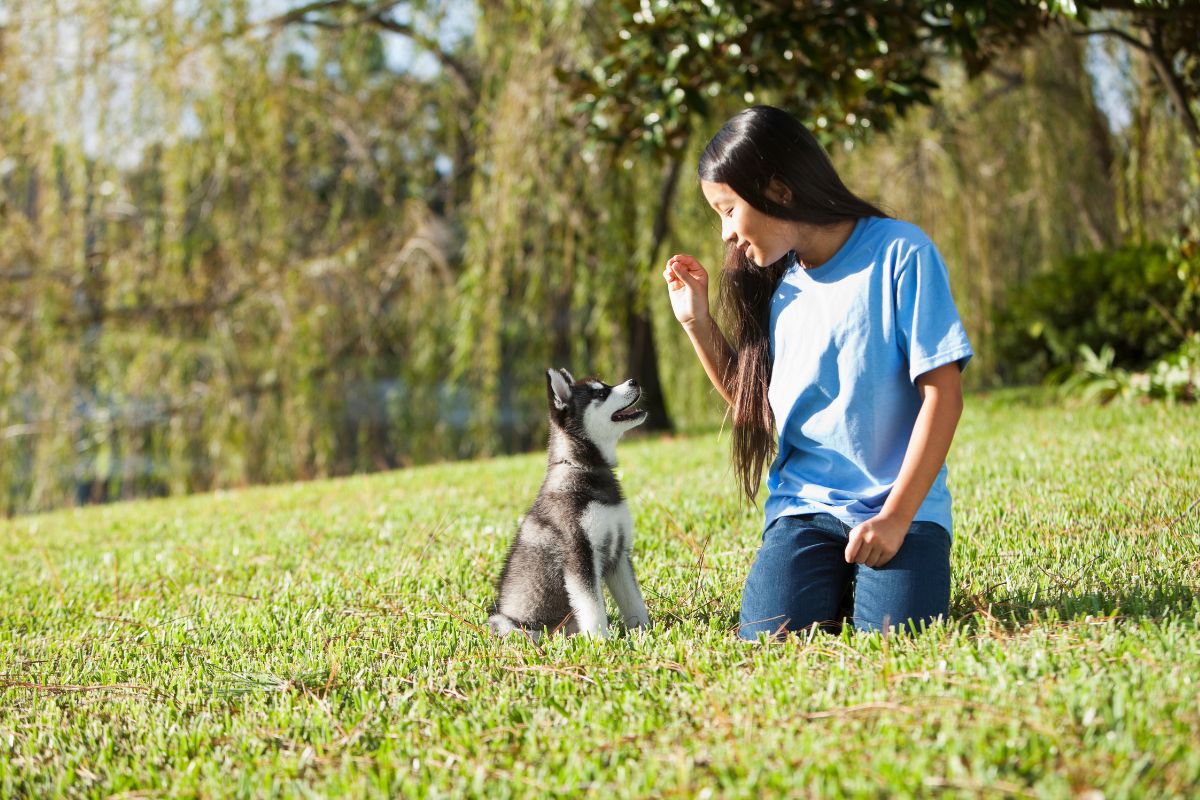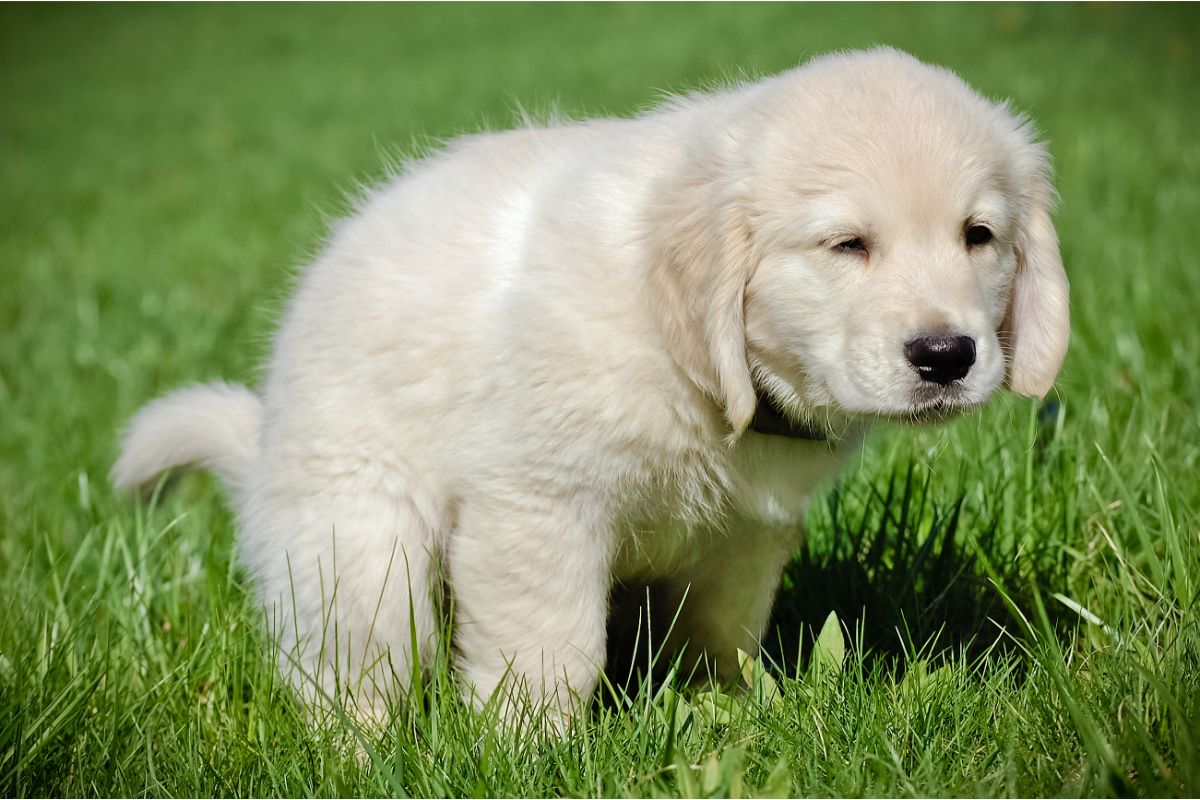If your dog lunges or barks a lot on walks, you know how frustrating it can be, especially if you aren’t sure why they do it or how to stop it!
Leash reactivity is one of the most common dog behavioral problems there is, so know that you’re not alone if you’re dealing with this.
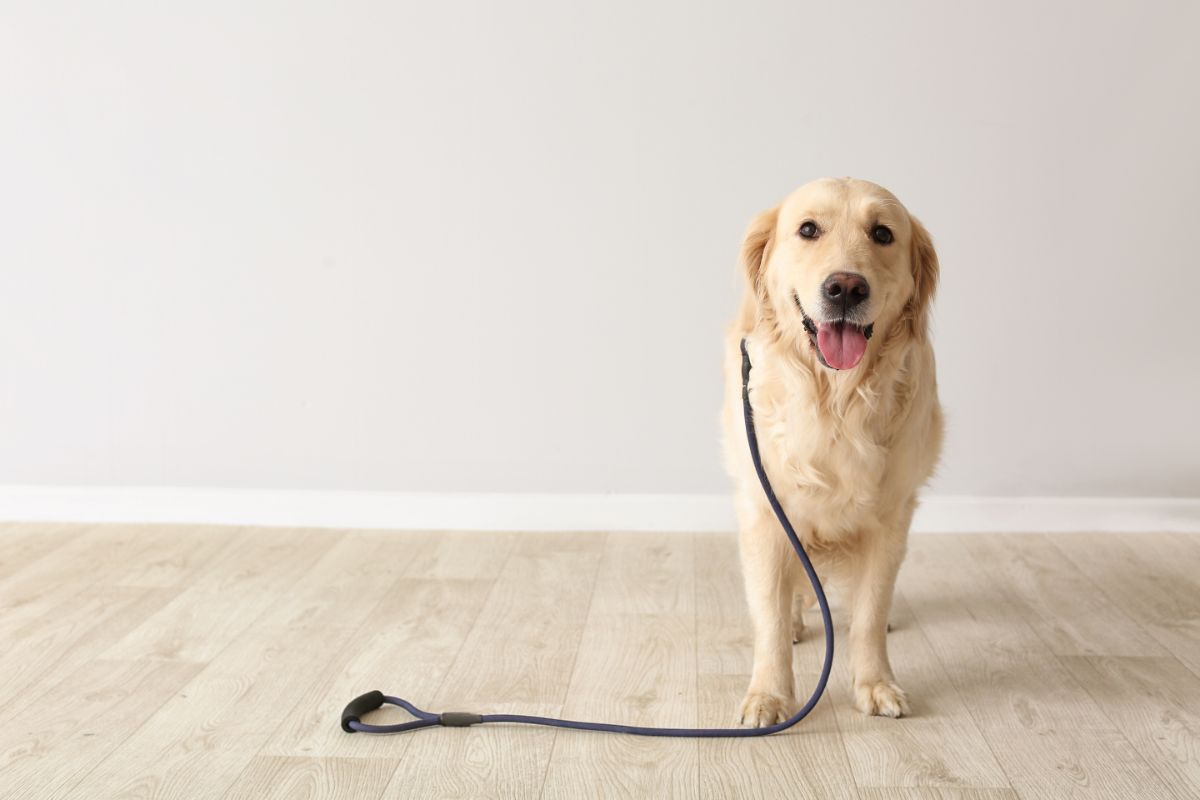
When you realise there’s a problem, you head online for some guidance but are met with page after page of confusing and conflicting advice, leaving you unsure where to turn or who to trust.
How are you supposed to find out how to stop leash reactivity now?
Well, that is where we come in to save the day. Keep reading to find out why your dog is leash reactive, and how you can prevent it from happening, and stop it entirely!
We have everything you need in our complete training guide, so let’s dive in now!
Is My Dog Leash Reactive?
To stop your dog from being leash reactive, you first need to figure out if they are actually reactive or not.
Before we dive in, it’s important to establish that reactivity does not mean aggression.
Reactivity is just your dog responding to a stimulus. This could be a car, a dog, or a person, anything that catches your dog’s eye!
There are a few signs that you have a reactive dog, check out our list below to see if your dog fits the bill.
- Your dog barks or whines at cars, dogs, people, etc on a leash
- Your dog redirects onto the leash or you by shaking, nipping, or biting
- Your dog excessively strains the leash when seeing a stimulus
- Your dog has similar behavior behind a gate, fence, or window
Why Is My Dog Leash Reactive?
Now that you have established your dog is reactive, let’s look at what this might be.
There are three main causes of reactivity in dogs on leashes, let’s take a look at them now to see which one applies to your dog.
It’s worth noting that it could be a combination of these reasons rather than just one.
Frustration
First, is frustration. When your dog is a puppy, you likely let them say hello to everyone they passed on the street, to help socialize them.
This is enforced for your puppy, especially if they are friendly and social.
But as they age, you remove those interactions, and your dog is left with unmet expectations. This translates to a frustrated and reactive dog that wants to say hello.
If your dog has the opportunity, chances are they will greet the dog or person they see, even if it isn’t the most polite greeting.
Dogs who are leash reactive due to frustration tend to be highly social and do well with people or other dogs when they are off their leash.
Insecurity Or Fear
Your dog might be reactive due to insecurity or fear. They might have had a scary experience with another dog or have been poorly socialized.
If your dog had a bad experience with another dog, chances are they were unable to escape the situation.
A leash takes away your dog’s ability to choose flight, which most dogs take when they have the opportunity.
When an off-leash dog attacks your on-leash dog, it causes a desire to bark, lunge, or use intimidating body language to prevent other dogs from doing the same.
Dogs who are insecure or fearful tend to be on guard or shy when meeting dogs off-leash. They might, in time, warm up to new dogs.
Looking For Conflict
This is rare, but there are cases where dogs have a desire to seek out conflict.
These dogs tend to be confident and want to charge toward other dogs without insecurity or fear driving them.
These dogs might redirect onto their owner or leash by biting or nipping. Dogs that are looking for conflict will try to pick fights as soon as they see another dog off or on a leash.
If this sounds like your dog, you must seek help from a professional immediately. You will want to get professional help to keep you and your dog safe, as well as other dogs.
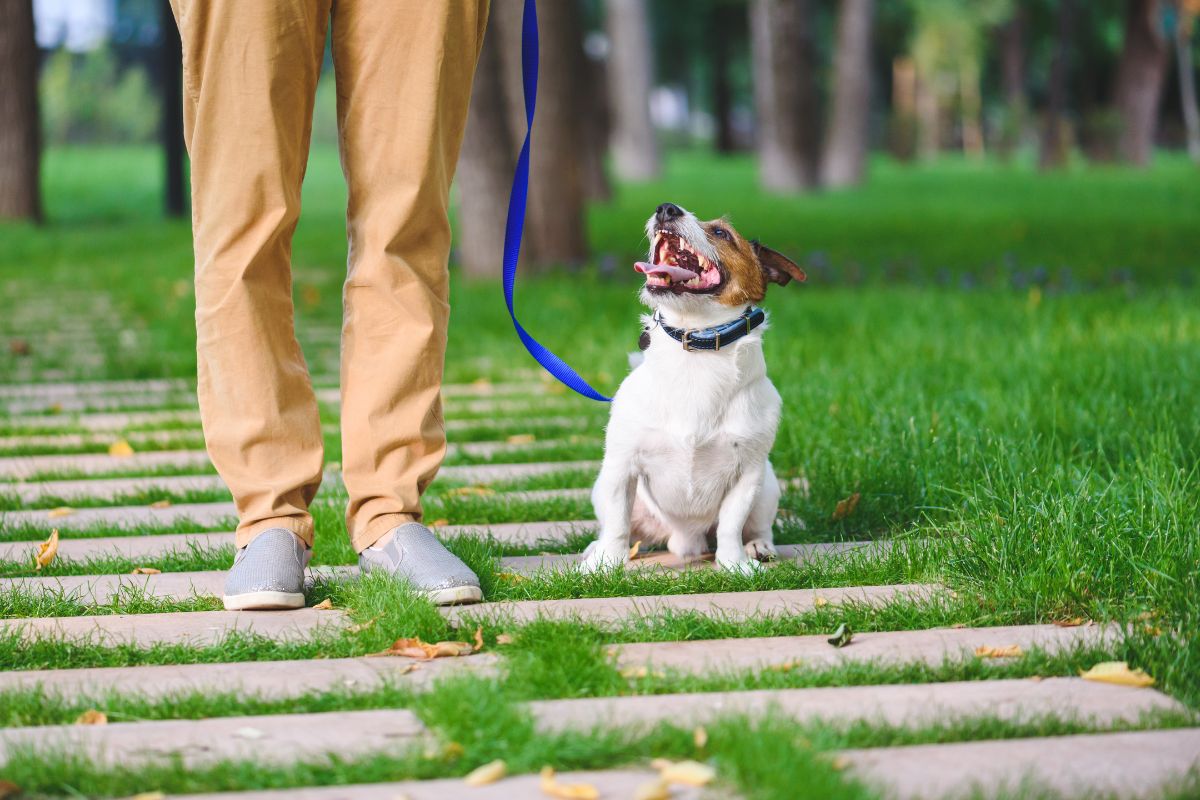
How To Prevent Leash Reactivity
When it comes to leash reactivity, preventing it is easier than curing it. We have a few tips that you can use to help prevent leash reactivity in your puppy or dog. Check them out below:
- Avoid corrective collars as these can cause a negative association with other dogs.
- Do not let your dog meet other dogs while they are on a leash.
- Have your dog sit next to you when you meet new people on a leash. Use food to reward appropriate behavior, making you more interesting to your dog than other distractions.
- Avoid retractable leashes, you don’t want your dog storming off ahead!
Stopping Leash Reactivity
If your dog is reactive on their leash, don’t panic, you can stop it! You first need to address the cause of their reactiveness.
Punishing lunging or barking will provide short-term relief, but won’t stop the behavior permanently.
No matter the cause of your dog’s reactivity, they need new coping skills when they spot a trigger and stronger impulse control to choose the coping skills rather than reverting to their reactive behavior.
You can use a professional to do this, who will offer you specific tools that will help your dog.
We do have some guidance on how you can put these techniques into practice, listed below.
And you can find a professional through VSPDT, IAABC, and CCPDT to help you with your dog’s leash reactivity.
Step 1 – Practice Inside
First, you should practice the techniques indoors.
You should also teach your dog a marker word. You can also use a clicker if you wish, but we have found a verbal marker more effective and easier, a word like, ‘yes,’ works well.
Teach your dog the word that is relevant to them and predicts good things. A toy or other item near your dog, while they are on the leash, can help.
Once your dog sees the toy, say your marker word and reward your dog.
The reward should be high-value food. Shredded chicken, hot dogs, or string cheese all work well.
Once you have mastered this indoors, it is time to put it into practice outdoors!
Step 2 – Move Outside
When you see a trigger outside approaching you, you want to add distance. You want to see the trigger before your dog does so that you have time to react.
You will probably need more distance than you realize too.
When your dog clocks the trigger, use your marker word. Your dog should turn back to you, waiting for its reward. Reward your dog providing there are no reactive behaviors.
If your dog ignores the marker word and falls into those reactive behaviors, you are likely too close to the trigger. Move further away and repeat. Make sure you are doing this in a stationary position for a few weeks before trying while passing.
Over time, your dog will need less distance from the trigger and the reactive behavior should resolve!
Final Thoughts
And there you have it, your complete guide to leash reactivity.
Once you have discovered the cause of your dog’s reactivity and put a solution in place, you should find it easy to resolve the reactivity with the help of a trained professional.
- How To Teach Your Puppy Their Name Easily! - July 18, 2023
- Is Your Puppy Counter Surfing? Find Out How To Stop It! - July 18, 2023
- How To Train Your Puppy For Car Rides: Everything You Need To Know - July 18, 2023

